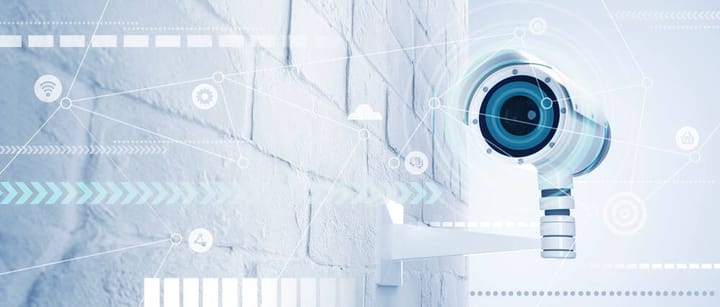Jet-Powered Robot Prepares for Liftoff: Meet the First Fly Humanoid Robot
Gain a new perspective with the Fly Humanoid Robot, iRonCub, developed by renowned researchers in nearly five years. The robot is designed to operate in hard spaces and busy places. It has obstacle avoidance sensors, two jet engines, and programmable arms and feet to enable flight.
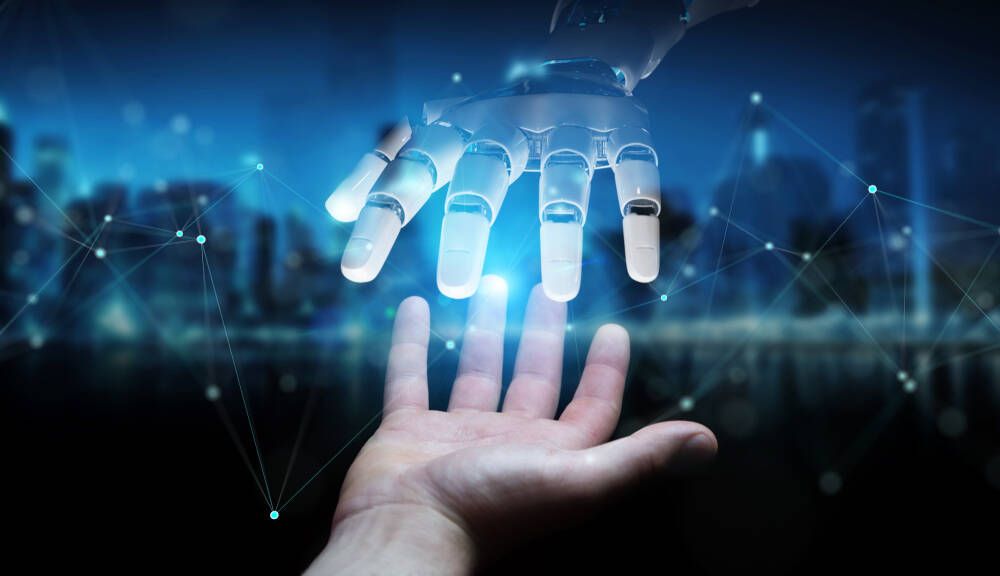
Moving from point X to Y has become a significant difficulty as robot operations have slowly moved beyond the controlled surroundings of research labs and into the chaos of real-world infrastructures. Take stairs, for instance. Roboticists have come up with various responses, such as adding rotors to a robot so it can hover over hurdles or, in the case of Boston Dynamics, perform backflips that would make Simone Biles wince. And then there's Daniele Pucci, director of the Italian Institute of Technology's lab for Artificial and Mechanical Intelligence, who has taken the bold step of mounting a fully functional jetpack like what Richard Browning created on the back of an iRonCub synthetic fly humanoid to launch it into the air eventually.
When we think about robots, we typically picture industrial robots working hard in factories to carry out jobs that people cannot do. Robots, however, are no longer limited to science fiction films. Sophia, a humanoid robot, was granted citizenship by Saudi Arabia because she is held in such high esteem. Robots that include artificial intelligence, cybernetics, cognitive development, and neurology can carry out numerous activities at once, including planning, thinking, working, analyzing, and walking. Scientists at the Italian Institute of Technology have recently investigated the possibility of building a fly humanoid robot.
To correctly manage the movements of flying robots, researchers demand systems that can accurately assess the strength of the push generated by the propellers. However, these Italian scientists have almost succeeded in creating a flying robot.
When it comes to disaster response, fly humanoid robots have the edge over more exotic constructions and conventional UAVs because they can more readily manipulate an environment already created for human usage. However, much of that human-centered infrastructure may be destroyed or otherwise rendered impassable in the event of a natural disaster, which would nullify many of the original benefits of the humanoid robot. But Pucci's team can take advantage of the most remarkable features of both technologies by merging a humanoid design with flying capabilities. The IIT team wrote in 2019:
"Aerial Humanoid Robotics unifies aerial manipulation and humanoid robotics. By doing so, aerial humanoid robots overcome the lack of terrestrial locomotion of aerial manipulators and extend the locomotion capabilities of humanoid robots to the flight case. Aerial humanoid robots can then walk, fly, manipulate and transport objects, thus offering energetically efficient solutions to payload transportation and object manipulation."
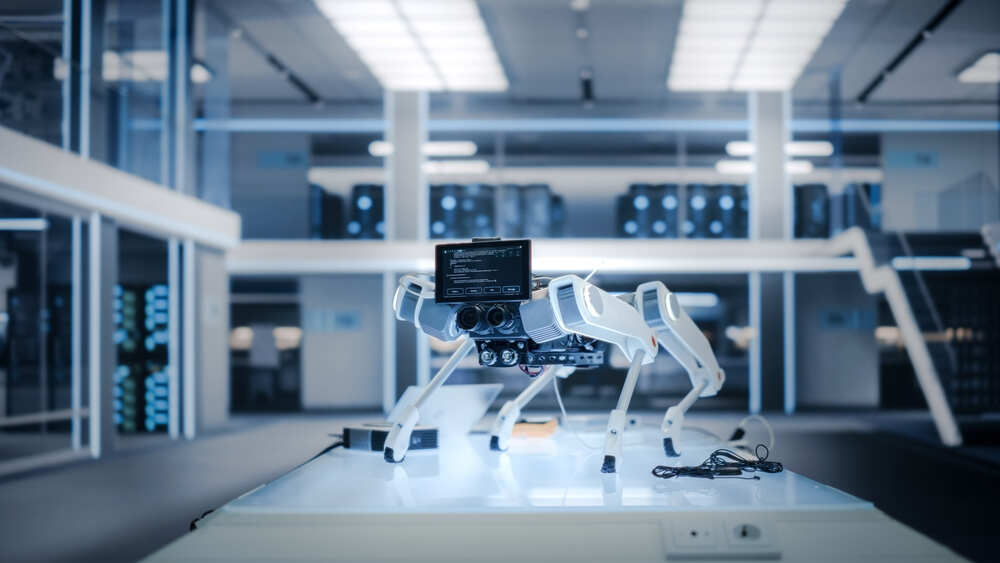
Introduction to iRonCub
iRonCub was created by renowned researchers and took them nearly five years to develop. This fly humanoid robot was designed with jet engines on its feet and arms to enable flight. Two jet engines are mounted on the robot's back, while two more are mounted on its forearms. In addition, iRonCub is wearing a pair of metallic pants made of heat-resistant material to protect the robot from the flames from the jet engine. The new design will cover the robot's legs and feet in flame-resistant material.
Researchers have created a control algorithm to imitate the robot's movement with jet engines mounted on its hands and feet. The impact of aerodynamics, other variables, and technology that will enhance its flying will be considered next.
Usually, flying robots in movies mean horrible things are going to happen. From the HK-Aerial in Terminator to the Sentinels in The Matrix, a flying machine never has your best interests in mind. But in the actual world, it isn't always the case.
For use in search and rescue operations, a group of researchers from the Italian Institute of Technology (IIT) is attempting to give humanoid robots the ability to fly. At least they won't look like assault helicopters or evil flying squid but rather like cute metal kids.
Daniele Pucci has developed algorithms for managing thrust forces in a flying robotic system from the Department of Artificial and Mechanical Intelligence at IIT and colleagues. They reported their findings in the IEEE Robotics and Automation Letters.
In a crisis, such as the aftermath of an earthquake or tsunami, there is an excellent possibility that structures will be entirely or partially damaged, and these buildings will be encircled by fires or water. These environmental factors make already strenuous rescue efforts much more difficult. Sometimes, the situation prevents human rescue personnel from reaching a location where survivors can hide and need assistance.
These situations are ideal for robotic intervention, but modern terrestrial robots have limitations that the team intends to solve by including flight.
“Legged robots struggle with moving and waling on debris and even more in fire or into floods,” Pucci shared. “Since we have fly humanoid robots which have a degree of terrestrial locomotion and a degree of manipulation, adding flight may be really effective for disaster response.”
The team is basing its work on an already-existing robot named iCub, which resembles a familiar friendly ghost. For what we believe to be evident and beautiful reasons, the updated version of iCub, replete with a jet thruster on each of its four limbs, has been called iRonCub.
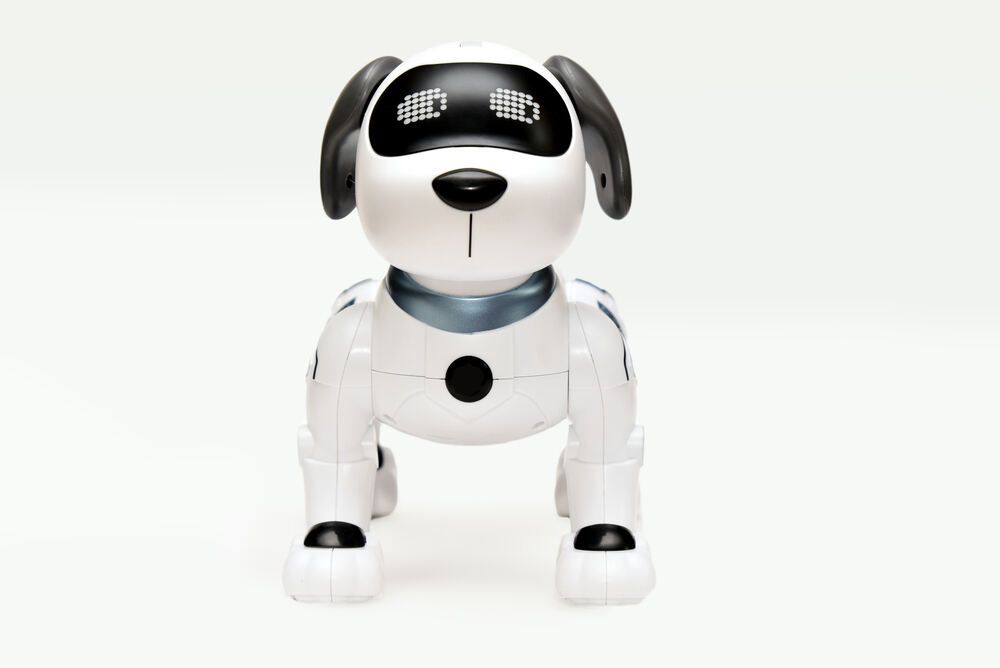
Due to the physical economics of flying, the team decided on an alternative thrust option in favor of jet thrusters. Its stunning appearance is an unintended yet delightful side consequence.
"Dealing with jet-powered robots is not an easy task, since jet air temperature may reach 700 degrees Celsius and air speed may have supersonic features, flowing at about 1800 km/h," Pucci explained. "For this reason, we developed strict experimental procedures and protocols that allow us to work with iRonCub safely. In this respect, our research team had to overcome several problems and issues that are far from those associated with classical robotics research and closer to those of avionics."
Although the thrust estimation methodology has only been tested for the fly humanoid robot iRonCub, it might still be used for other flying robots with various body types. Reprogrammable flying robots can alter their configuration or shape to carry out tasks.
"The problem of estimating thrust forces is pivotal for a successful flight in any case," Pucci said. "Furthermore, besides the futuristic application of flying humanoid robots in disaster-like scenario, we believe that our work can be applied to simpler designs than fly humanoid robots, including jet-powered flying boxes."
The thrust estimate framework created by the researchers might create new possibilities for delivering different goods in remote areas, including food and medicinal medications. Pucci and his coworkers would want to investigate this potential use more thoroughly if they received money from the EU or scientific foundations.
The team intends to continue working on iRonCub in the interim, concentrating on its flying skills. They intend to unveil the first trustworthy, a highly effective fly humanoid robot capable of ground and air movements.
"In our lab, we have several research teams that tackle different topics related to humanoid robotics," Pucci said. "The iRonCub team is focusing on long-term, mid-term and short-term research directions in Aerial Humanoid Robotics. For the long-term, two researchers in our team, Antonello Paolino and Fabio Di Natale, are investigating computational fluid dynamics models for the robot aerodynamics to be integrated into the iRonCub flight control. Fabio Bergonti, on the other hand, will focus on integrating these models into control architectures of futuristic fly humanoid robots that adapt their shape according to the surrounding aerodynamics, as if the robot were a transformer."
Affaf Momin and Hosameldin Awadalla, two of Pucci's colleagues, want to use AI technology and data-driven computer modeling to enhance the thrust estimate framework they developed as a mid-term research goal. Giuseppe L'Erario, a colleague of theirs, will then incorporate these algorithms into controllers that integrate a robot's walking, manipulating, trying to run, take-off, and horizontally flying methods.
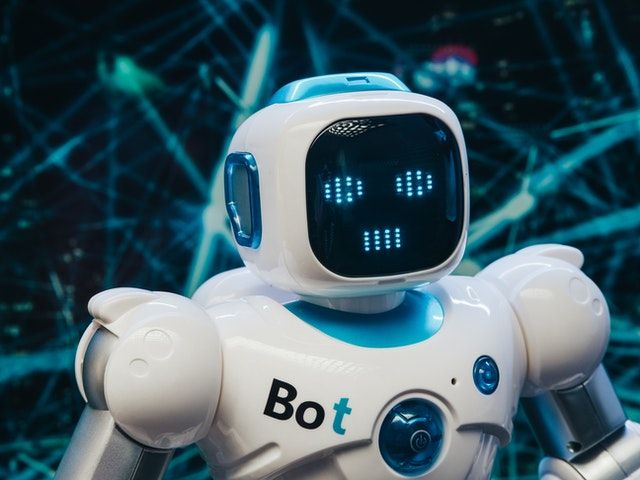
"Finally, as a short-term objective, Punith Reddy will be focusing on making the iRonCub untethered," Pucci added. "At the experimental level, our iRonCub scrum master Gabriele Nava is focusing on taking care of all integration activities for the first successful iRonCub flight, consisting in a vertical take-off and landing. This latter short-term plan is very challenging, but I believe that we have enough knowledge and will to achieve this important milestone, sooner or later."
With four tiny jet engines, iRonCub can take off without much difficulty. If you apply enough combustive power below it, you can raise almost anything. The fun part is getting it into the air and controlling how long it stays there. The crew must ensure the proper amount of force is arriving from the right places at the correct times, which is difficult for any flying craft with several engines. They want to aid in that endeavor using the algorithms they have created.
“You must find a control algorithm for the robot to understand how to place its limbs to achieve flight. You must know the amount of thrust generated by each of the thrusters,” Pucci said. “If one is pushing 2 kilos and the other 10 kilos then you have to regulate them.”
By comprehending the difficulties involved in providing flight to an entity with a comparable body plan to ours, the team at IIT intends to answer more fundamental evolutionary problems, such as why humans lack wings. They are also developing other uses for their control algorithms unrelated to fly humanoid robots. Pucci said:
“We would like to develop these jet-powered boxes which could contain drugs or food and can be deployed quickly into locations hit by disasters. We’re also looking at flying elevators which could get close to buildings, then people could simply step onto them and be brought to the ground.”
Overview of Fly Humanoid, iRonCub Capabilities
The researchers are only basing their work on iCub, a cognitive robotic platform with an open-source human interface developed by the ITT and created by the RobotCub Consortium of numerous European institutions.
It is a three-foot-tall android around the size of a three-and-a-half-year-old kid, and its primary purpose is to test the built-in cognition theory, which states that the interaction between the mind and the environment is what causes mental and motor processes.
The head, arms, waist, and legs of the iCub humanoid can all be moved thanks to 53 motors, and it includes a variety of sensors and cameras that let you see and listen.
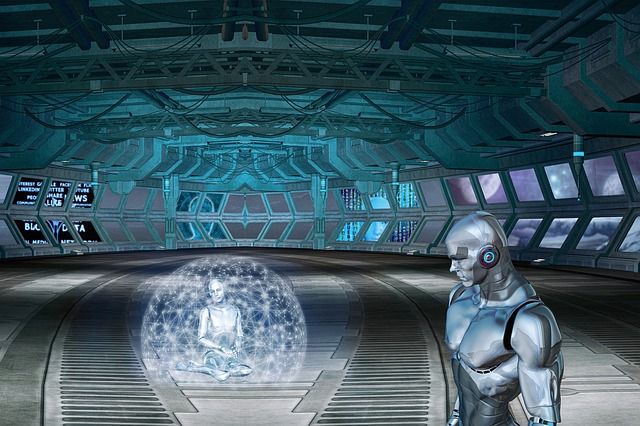
It also possesses a feeling of movement, and a sense of body awareness, which alerts the brain to the position and motion of the body's components, and researchers are striving to give it a sensation of touch.
Currently, it can do various activities, such as following a visual guide using an optical marker on the ground, navigating challenging 3D mazes, using facial expressions, controlling its strength, grasping small things, and drawing barriers to avoid collisions.
The ITT now aims to add the ability to fly to this set of abilities, making iCub the first fly humanoid robot. To do this, scientists want to provide hands and feet jet engines, allowing for multimodal mobility.
Such robots cannot navigate the surroundings by using contact forces, and they frequently find flying challenging while handling things in windy situations. According to Pucci, a humanoid robot may be easier to manage since it has a point of touch with the surroundings. Fly humanoid robots may also serve as a testing ground for human-flying exoskeletons.
For a very long time, people have wished to fly without using an airplane. Exoskeletons would serve various purposes, including facilitating travel and commuting and would enable humans to fly throughout their surroundings. Exoskeletons that enable human flight may potentially have military uses.
Although they acknowledge they still have a long way to go, Pucci and the other project experts are optimistic that iRonCub will soon be ready to execute controlled flights. There are still many obstacles, such as developing a generic control framework. Manipulation, contact locomotion, and flights must be incorporated within that control structure. When the robot starts walking, the crew must decide how and when to engage the jets.
The group must figure out at what walking pace activating the secondary jetpack is more advantageous from an energy standpoint. Scientists must also find a technique to handle landing impacts to enable a smooth transition from flying to walking.

The crew also must figure out how to keep the robot from being harmed by the flames created by the jet engines, judging by the flame-resistant materials required for the robot's body.
The fictitious Tony Stark Iron Man outfit and iRonCub have some similarities but also some key distinctions. The jet pack on Iron Man's back was not used. Instead, the Iron Man costume from the comics had jets on its hands and feet. In contrast, iRonCub features a twin-engine jet pack on its back and tiny jet engines in place of hands. IRonCub is a cross between Iron Man and The Rocketeer.
Further Recent Advancements in Robots
Around the world, much work is being done in robotics. Giving Artificial Intelligence a physical body in which to live is the aim of the artificial body. Ameca is a robot that Engineered Arts constructed with enhanced mobility, realistic gestures, and intelligent interaction in mind.
The robot's creators also built Ameca with cloud management and an API development kit. The robot's modular design enables future upgrades as technology develops. Ameca now can't walk, but the business promises to do so someday. Due to its modular construction, field robots may be modified.
Significant scientific advancements in robotics have also recently been made in the realm of medicine. Scientists have been developing tiny robots that can be loaded with medication and injected into circulation. The objective is to take potent pharmaceuticals for treating conditions like cancer and deliver them directly to target cells, reducing or eliminating some systemic adverse effects.
In this study, researchers created magnetic outside-body-led shape-changing microrobots that could go to a specified site. Because tumors are acidic, the robots were made to change form in reaction to a drop in pH. The first of these microrobots were created using animal forms, such as fish, butterflies, and crabs, each with distinct characteristics and skills that were specifically matched to their form.


